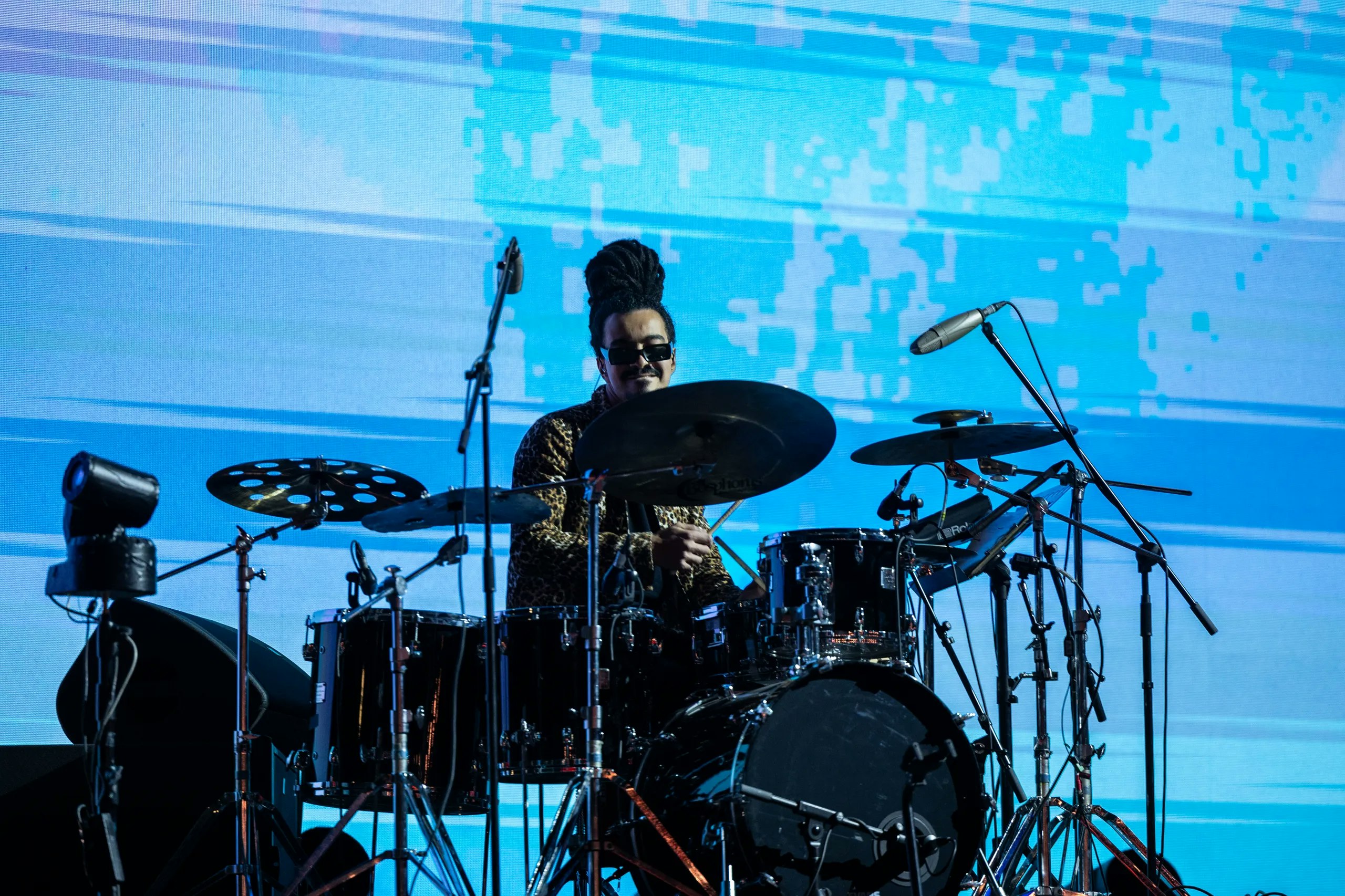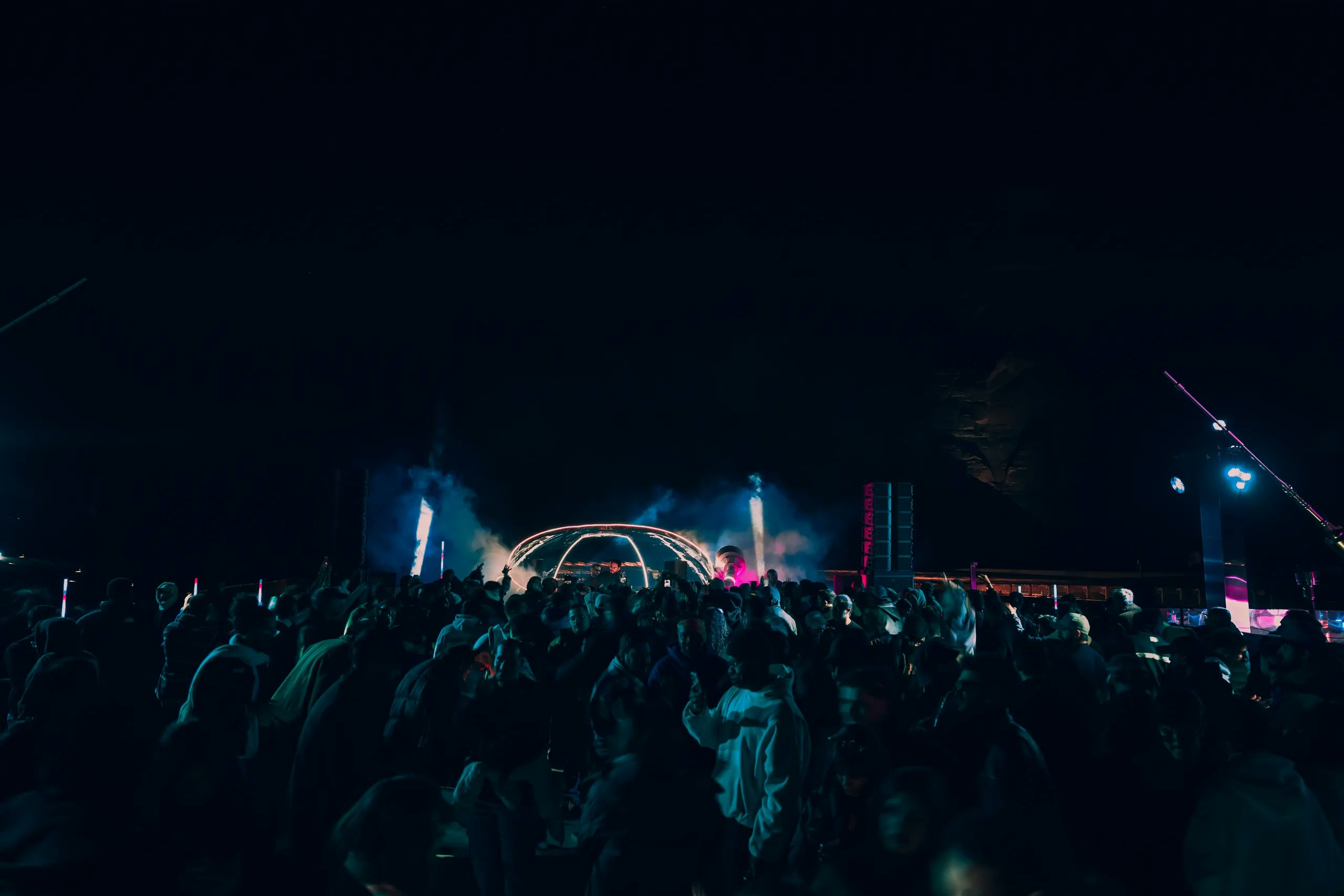

All About the Darbuka Drums
By MDLBEAST
October 16 2024
All About the Darbuka Drums
By MDLBEAST
October 16 2024
If you’ve ever been enchanted by the mesmerizing beats of Middle Eastern music, chances are you’ve heard the distinctive sound of the darbuka drums. These iconic percussion instruments have been an integral part of traditional music in the Middle East and North Africa for centuries. In this beginner’s guide, we’ll dive into the fascinating world of darbuka drums, exploring their origins, design, sound, and different types.
Origins of the Darbuka
The darbuka, also known as the goblet drum, traces its roots back to ancient Mesopotamia. Its history spans across various civilizations, including the ancient Egyptians, Greeks, and Romans. Over time, the darbuka evolved and spread across the Middle East, becoming an essential instrument in folk, classical, and contemporary music.
Design and Parts of the Darbuka
The darbuka drum is easy to spot with its goblet shape, crafted from materials like clay, metal, or wood. Inside, there are three key parts: the body, the head, and the tuning mechanism.
The Body:
Picture an upside-down cup – that’s the darbuka body. It’s hollow inside to help the sound bounce around and get louder. This part not only shapes the sound but also gives the darbuka its unique appearance.
The Head:
The darbuka’s head is like its voice box. It's usually made from animal skin or synthetic materials and is stretched tight over the body. When you tap it with your hands, it sings out with the rhythms and melodies of the music.
Why the Darbuka’s Head Matters
The head of the darbuka drum is super important for how it sounds. Traditional darbukas used animal skin, but now they might use plastic or other materials. How tight or thick the head is changes the sound a lot – tighter means higher pitches, looser means deeper tones.
Fine-Tuning the Tone:
Just like tuning a guitar, the darbuka has a way to adjust its sound. Tuning bolts or ropes helps players tweak the tension of the head. Tightening it makes the sound sharper, while loosening it deepens the tone.
Darbuka’s Sound
The sound of the darbuka is characterized by its crisp, sharp, and resonant tones. When played, the player strikes the head of the drum with their hands or fingers, producing a wide range of sounds depending on the technique and force applied. From rapid, intricate rhythms to deep, booming beats, the darbuka’s versatility allows it to adapt to various musical styles and genres.
Types of Darbuka
Over the years, different regions and cultures have developed their variations of the darbuka, each with its unique characteristics and playing techniques. Some common types include:
Egyptian Darbuka:
The Egyptian darbuka stands out for its distinctive rounded shape and intricate designs, reflecting the country's rich cultural heritage. Crafted with meticulous attention to detail, Egyptian darbukas produce a bright, sharp sound that is favored in traditional Egyptian music. Musicians appreciate its responsive nature and versatility, allowing for intricate rhythms and expressive performances.
Turkish Darbuka:
The Turkish darbuka, with its narrower body and lighter construction, embodies the essence of Turkish folk and classical music. Renowned for its deep, resonant sound, this type of darbuka adds depth and character to musical compositions. Its ergonomic design facilitates comfortable playing, making it a favorite among percussionists seeking authenticity and tradition in their performances.
Lebanese Darbuka:
Similar in design to the Turkish darbuka but with a slightly larger body, the Lebanese darbuka exudes a distinct warmth and richness in its sound. Widely used in Lebanese and Syrian music, this type of darbuka resonates with cultural significance and emotional depth. Its nuanced tonal qualities make it well-suited for both solo performances and ensemble settings, enriching the musical tapestry with its melodic expressions.
Modern Darbukas:
In recent years, modern darbukas have emerged, blending traditional craftsmanship with innovative materials and construction techniques. These darbukas come in various shapes, sizes, and materials, catering to diverse musical preferences and performance needs. Whether crafted from clay, metal, or synthetic materials, modern darbukas offer enhanced durability, playability, and sound projection, pushing the boundaries of traditional percussion instruments while honoring their cultural roots.
In conclusion, the darbuka drums hold a rich history and cultural significance, serving as a cornerstone of Middle Eastern music for generations. With its distinctive design, captivating sound, and diverse range of types, the darbuka continues to enchant audiences and inspire musicians worldwide.
So, whether you’re a seasoned percussionist or a curious beginner, exploring the world of darbuka drums promises an exhilarating journey filled with rhythm, melody, and cultural discovery.
-
Discover the freshest updates on the MDLBEAST website and stay updated with all the exciting news about the fantastic music festival, Soundstorm! Join the music and community excitement, and prepare for even more incredible experiences! Stay connected with the latest updates, lineup announcements, and behind-the-scenes insights to ensure you don't miss a beat.
Share this


